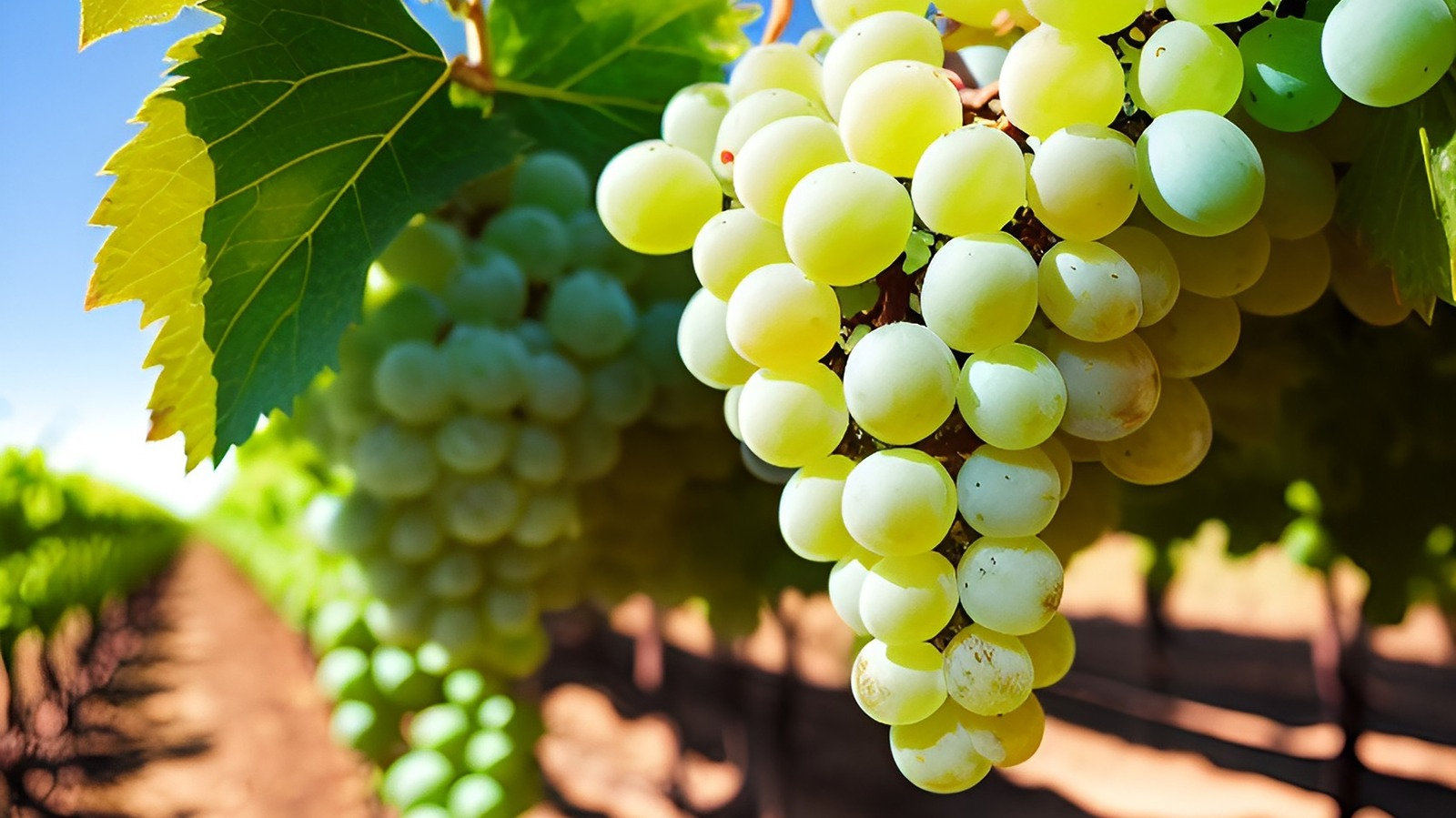When you walk into a wine shop, the sheer variety of bottles can be overwhelming. With so many labels boasting elegant fonts, intricate designs, and a whirlwind of terms, it’s easy to feel a bit lost. But here’s the secret: once you know what to look for, a wine label is like a treasure map leading you to your next favorite bottle. Let’s break it down together, step by step, so the next time you pick up a bottle, you’ll know exactly what you’re getting.
1. Identify the Wine’s Origin: Where It All Begins
The first thing to spot on any wine label is its origin. This tells you where the grapes were grown, which is a huge clue about the wine's character. For example, a Chardonnay from Burgundy will have a completely different profile than one from California. Look for names of regions, like Napa Valley, Bordeaux, or Marlborough. The region often speaks to the climate, soil, and even the wine-making traditions, all of which influence the wine’s taste.
Tip: If you’re new to wine, start by exploring wines from well-known regions. These areas have built their reputation for a reason!

2. Understand the Grape Variety: What’s in the Bottle?
Next, check what grape variety or varieties the wine is made from. This is usually front and center on New World wines (those from countries like the US, Australia, and Chile). If you see "Cabernet Sauvignon," you know you’re in for a bold, full-bodied red. On the other hand, European wines might not list the grape variety but rather the region (like Chianti or Rioja), where specific grapes are traditionally used.
Tip: If the grape variety isn’t listed, a quick search on your phone can tell you which grapes are typical for that region. It’s like having a cheat sheet in your pocket!

3. Vintage: The Year Matters
The vintage, or the year on the bottle, indicates when the grapes were harvested. This matters because weather conditions vary from year to year, affecting the quality and flavor profile of the wine. Some years are considered exceptional in certain regions, so keep an eye out for those!
Tip: If you’re buying wine for immediate enjoyment, opt for a bottle that’s a few years old. Most wines are meant to be enjoyed relatively young and fresh.

4. Alcohol Content: What to Expect
The alcohol content is often listed as a percentage and gives you a clue about the wine's body and flavor. Generally, wines with higher alcohol content (14% and above) tend to be fuller-bodied and richer, while those with lower alcohol content (around 12%) are lighter and crisper.
Tip: Pairing wine with food? Consider the alcohol content. Lighter wines often pair better with delicate dishes, while fuller wines can stand up to richer fare.

5. Producer’s Name: Who Made It?
The producer's name, whether a large winery or a small family-owned estate, can tell you a lot about the wine's style and quality. Some producers are known for consistent quality, while others might be celebrated for their innovation or traditional methods.
Tip: Once you find a producer you love, explore their other wines. Many wineries have a signature style that carries across their entire range.

6. Extra Terms and What They Mean
- Reserve/Riserva: Indicates a wine that’s typically aged longer and may offer more complexity.
- Estate Bottled: The wine was made and bottled at the winery, usually with grapes from their vineyards.
- Organic/Biodynamic: Reflects the vineyard's farming practices, often resulting in wines with a strong sense of place.

7. Reading Between the Lines: What’s Not on the Label?
Sometimes, what’s not on the label is just as important as what is. For example, some wines don’t advertise that they’ve been heavily oaked or that they’ve had added sugar. Understanding the style of the region or producer can help you make educated guesses.
Putting It All Together
Now that you’ve got the basics down, let’s put this knowledge to use. The next time you’re choosing a wine, take a moment to read the label, and use these steps to decode the information. Remember, the more wines you try, the more you’ll start to recognize patterns and develop preferences.
Actionable Takeaway: Keep a wine journal! Jot down the region, grape variety, producer, and vintage of wines you enjoy. Over time, you’ll build a personalized guide to help you navigate the wine world with confidence.
Now that you've unlocked the secrets behind decoding wine labels, why not put your new skills to the test? Explore the Chateau Carbonnieux 2012, a Bordeaux that reflects its origin beautifully, or discover the intricate notes of the Weingut Heymann-Lowenstein Schieferterrassen 2020. Each bottle tells a story—just like the ones you've learned to read!

About the Author
Joseph Luk is the founder of Cuvees.com (12 Bottles Company Limited), established in 2009, where he passionately curates unique wines, sakes, and spirits from around the world. In addition to his work at Cuvees.com, he manages 13 Degrees Wine Cellars, where he manages the storage solution for wine collectors. Joseph is dedicated to sharing his knowledge and love for beverages with a broader audience. When he’s not exploring the latest trends in the beverage industry, you can find playing tennis or listening to Audible. You can find him on LinkedIn.








